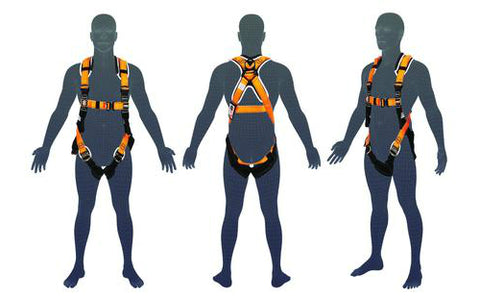
The recent death of a man at Maroubra, NSW Australia from a fall related incident is a timely reminder to treat working at heights seriously. You MUST complete the three steps listed in this article.
Fall hazards are the construction industry's main cause of death from traumatic injuries with 18 deaths having occurred in 2003 in Australia and New Zealand. They are also its second largest cause of non-fatal injuries to construction workers. In Australia alone between 1997 and 2001, the construction industry generated around 1,600 fall-related workers' compensation claims each year. This represents approximately 12% of all construction workers' compensation claims.*
Under the Occupational Health and Safety Act 1989, employers, persons in control of a workplace and self-employed persons must take all reasonably practicable steps to ensure that persons at or near the workplace are not exposed to health and safety risks. Preventing injury from falls is also a requirement under the Scaffolding and Lifts act 1912.
What can you do to prevent falls? There is a three step risk management approach that can be implemented into any workplace. The first step is to identify the hazards, the second is to assess the risk and the third step is controlling the risk.
Controlling the risk can involve such measures as eliminating the hazard, by working on the ground as much as is practicable; substituting with a safer surface such as constructing temporary work platforms; isolating the hazard by using physical barriers such as guardrails; and the use of personal protective equipment such as a hard hat which can minimise the risk of head injuries and safety harnesses which are secured into an anchor point or a safety line at the work site.
If your workplace engages contractors to undertake work, it is important to remember that there is a shared responsibility for health and safety and this requires cooperation and communication regarding risks associated with the work. You can not ?contract out? your safety responsibilities for work or a workplace that you control.
For further information on the rights and responsibilities of both employers and employees, visit the Workcover website in your state or territory. They have loads of information and provide all the up-to-date legislative requirements.
* Information sourced from the HWSA Joint Compliance Project Report: Falls Prevention in Construction 2004

